A few years ago, I asked my family if I could get a cartilage piercing.
They responded with a deafening ‘NO’ before quickly adding that if I ever got
one, I would bring dishonor to the family (okay, the last part might be a bit
of an exaggeration). Regardless, I was forced to arrive at a compromise—wear
ear cuffs instead.
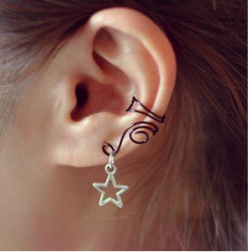
These days,
ear cuffs come in a variety of styles. Do a quick Google search and you can
find hits for “Statement Ear Cuffs” or “Elegant Ear Cuffs” or “Gothic Style Ear
Cuffs.” But the history and design of ear cuffs are surprisingly rich and go
deeper than most would expect.
Jump back
several centuries ago. 2000 BC. British Isles. There, a piece of jewelry
existed that could hook onto the pinna. It was elaborate, large, crafted from
different materials.
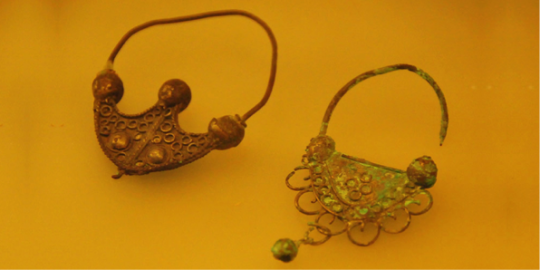
But these
body ornaments were not exclusive to the British Isles or 2000 BC. In fact,
they were everywhere in history—the eyes (or rather, ears) into various cultures
and crucial moments of humankind. If you look hard enough, you can find them in
illustrations…
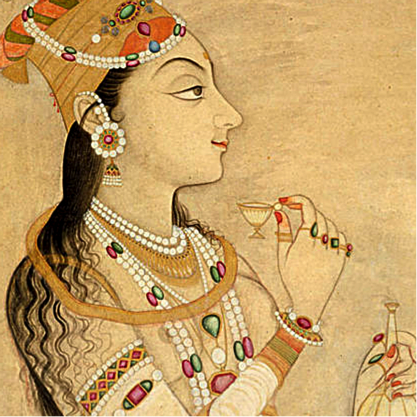
…pottery…
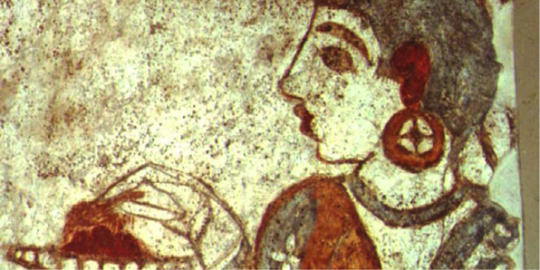
…and temple
art.
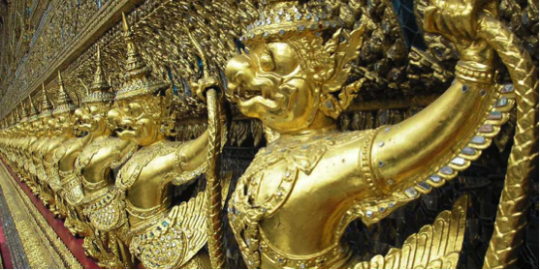
What were
these pieces of jewelry called? The Kaffa.
In India,
Kaffas were made out of precious stones and often connected to chains that
linked to the nose or hair; there, they were and still are traditional ornaments
for weddings and major celebrations. In Thailand, they appeared in a larger,
more ornate form—one that resembled wings or birds. In Europe, Kaffas became
decorations of wealth and power, rather than decorations of culture like they
primarily functioned in Asia. Back around 350 BC in Greece, aristocrats would
wear Kaffas as a sign of status. Centuries later, around 1800 AD, similarly
wealthy Europeans would don the jewelry for the same reason, though unlike the
earlier Kaffas, these were designed to resemble earrings.
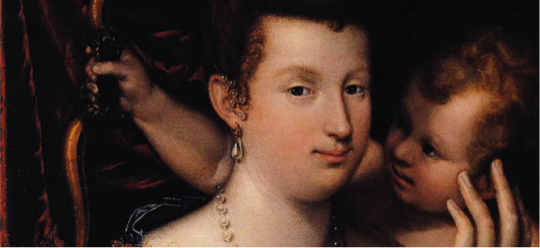
The concept
of Kaffas underwent more transformations as they crossed borders and
years—transformations that included design and name changes. Move to the U.S. in
the 1920s: Marcel Boucher arrives at New York City from France. There, he would
develop the Earrite—an earring that spanned a significant portion of the ear
(similar to a Kaffa) but clipped to the earlobe instead of the auricle. The
designs included a significant amount of jewels and floral imagery to exude a
delicate aesthetic. Earrites were worn by the likes of Marilyn Monroe and
Lucille Ball, thus popularizing the trend further and paving the way for the
modern ear cuff.
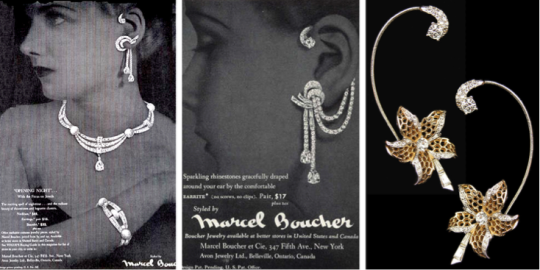
Jump further
in history to the 1980s and 1990s, still U.S.A.: Ear cuffs became a statement
piece for punk culture—simple, typically silver, decorated purely by chains and
spikes.
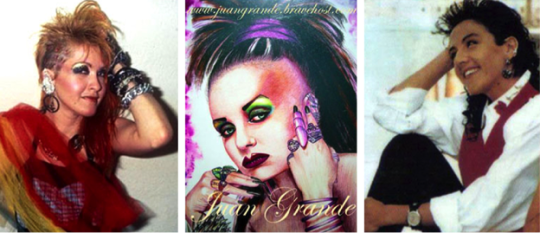
And what
about today? After waning as a trend in the early 2000s, ear cuffs became
popular again a couple of years ago. What is most interesting about current
designs is the way they appeal to a wide variety of fashion styles and personalities.
There are ear cuffs covered in jewels, harkening back to the European
aristocrats and Boucher’s Earrites, and then there exist simpler ones that are
punkish in nature. The ear cuff market is more expansive than ever, capable of
interesting anybody who is either looking for a compromise or hoping to add a
bit more edge to his/her ears.
—
SOURCES AND
PHOTOS:
(1)
http://sophiescloset.com/ear-cuff-history/
(2)
http://sarinasuriano.com/blogs/news/32314499-were-all-ears-a-short-history-of-the-ear-cuff



